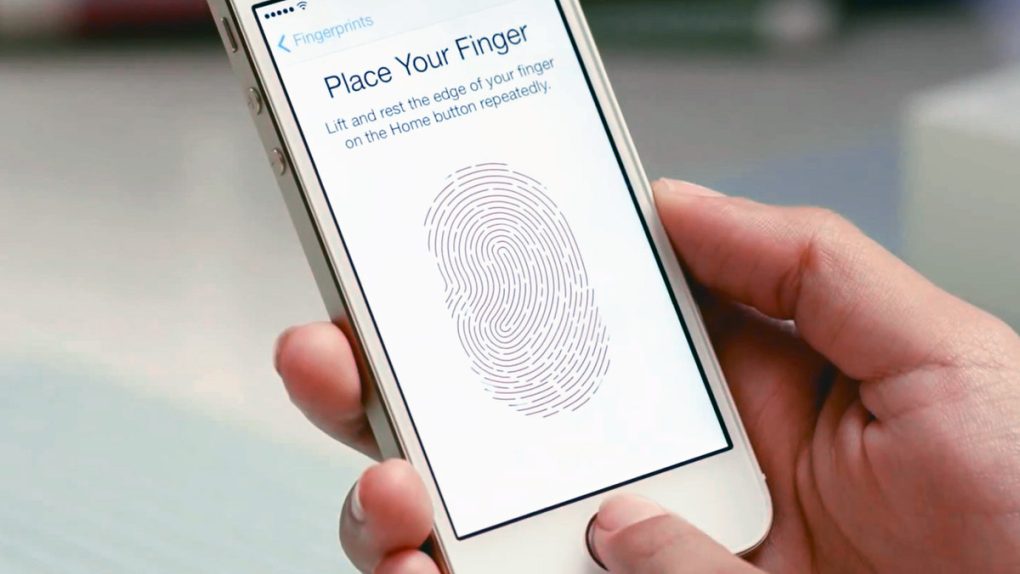Well, that didn’t take long. Less than a week after “Touch Disease” became a thing, Apple is already facing a class-action lawsuit over iPhone 6es which have unresponsive touchscreens and Touch ID sensors.
“Touch Disease” is the name coined by iFixit for a recurring problem with iPhone 6 and 6 Plus handsets. Owing to a design defect with the handsets, the touch controller is susceptible to physical damage, which in practice means a whole bunch of iPhones with non-working touchscreens, display problems, and faulty fingerprint readers.
DON’T MISS: How to get a ‘No Man’s Sky’ refund, even if you already played the game
As Reuters reports, a nationwide class-action lawsuit was filed on Saturday in federal court in San Jose, California. The suit has three initial claimants, Thomas Davidson of Pennsylvania, Todd Cleary of California, and Jun Bai of Delaware. The suit asks Apple to issue a recall for affected iPhones and offer an extended warranty period, along with paying out damages.
“Apple has long been aware of the defective iPhones. Yet, notwithstanding its longstanding knowledge of this design defect, Apple routinely has refused to repair the iPhones without charge when the defect manifests. Many other iPhone owners have communicated with Apple’s employees and agents to request that Apple remedy and/or address the Touchscreen Defect and/or resultant damage at no expense. Apple has failed and/or refused to do so.
As a result of Apple’s unfair, deceptive and/or fraudulent business practices, owners of the iPhones, including Plaintiffs, have suffered an ascertainable loss of money and/or property and/or value. The unfair and deceptive trade practices committed by Apple were conducted in a manner giving rise to substantial aggravating circumstances.”
The lawsuit lays the blame for the broken iPhones squarely at Apple’s door. It says that in the iPhone 6 and 6 Plus, Apple failed to incorporate underfill or a metal shield, two ways of protecting chips on the logic board that have been seen on previous iPhones. It’s the same cause of defect as has been identified by other iPhone repair technicians.
The claimants may well have a valid lawsuit on their hands, but it’s unlikely that the case ever makes it to the requested jury trial. Apple has dealt with similar lawsuits before, and the likelihood here is that Apple will issue an extended warranty program, along with an option for customers who have already paid to fix the defect to get reimbursed.










